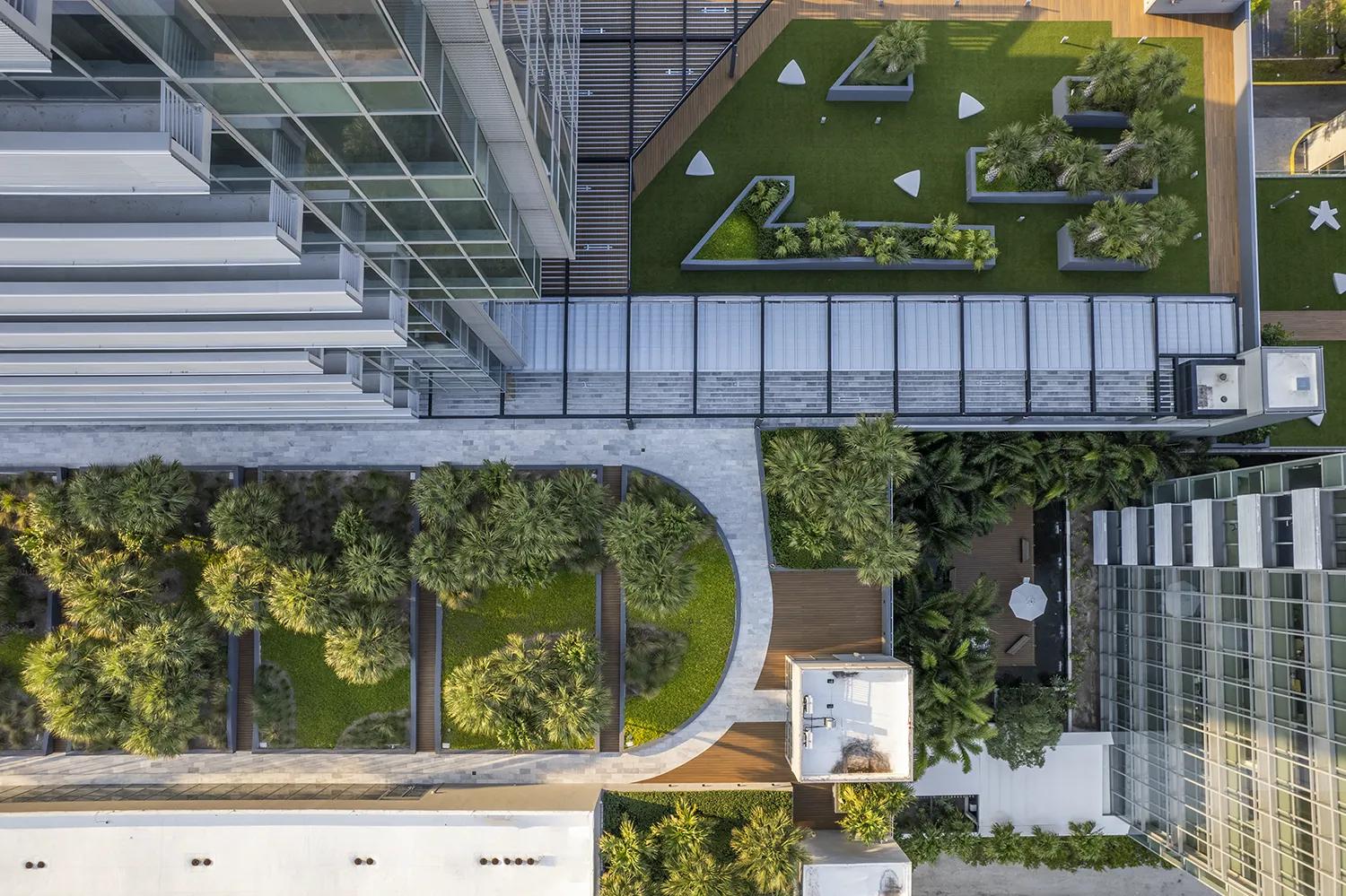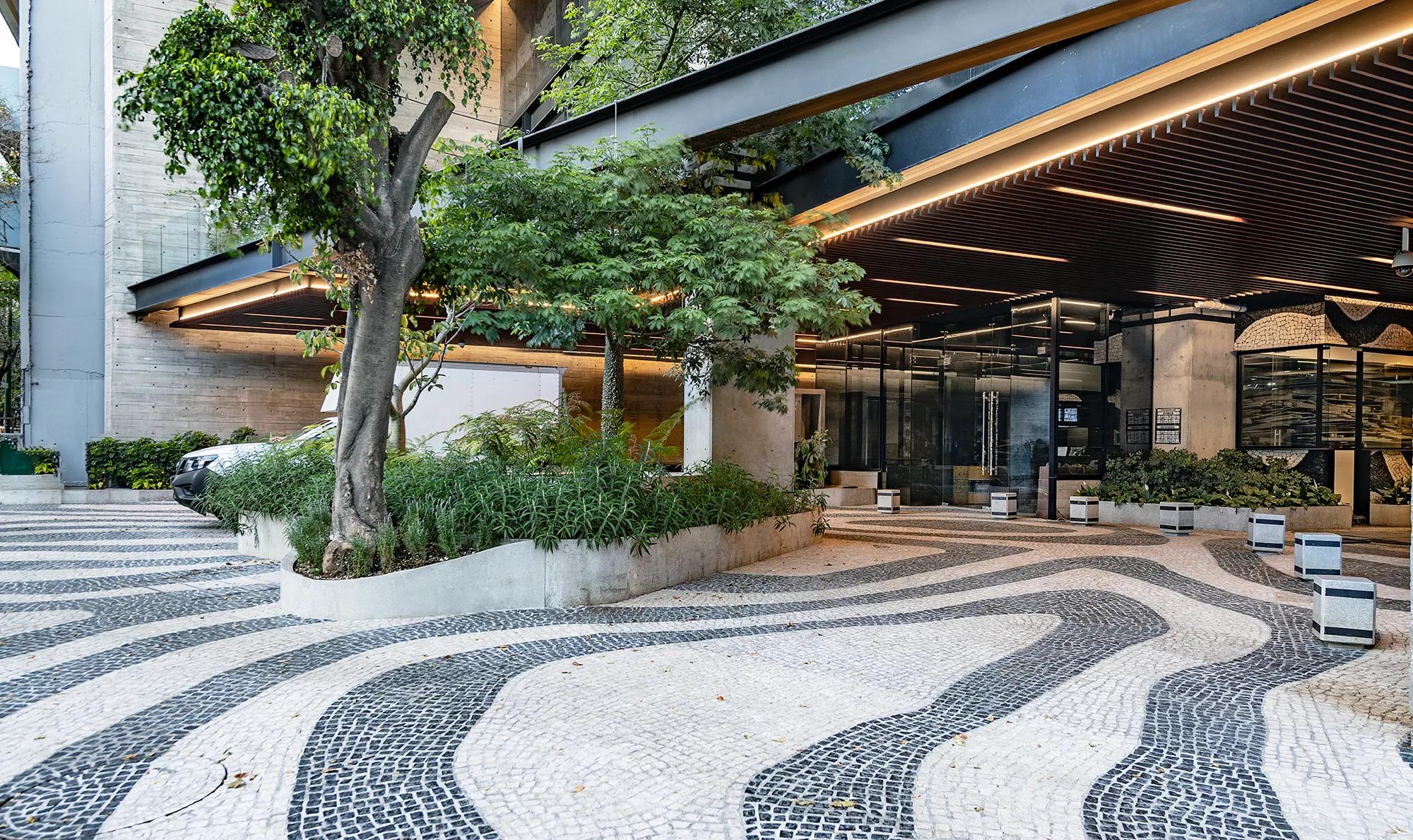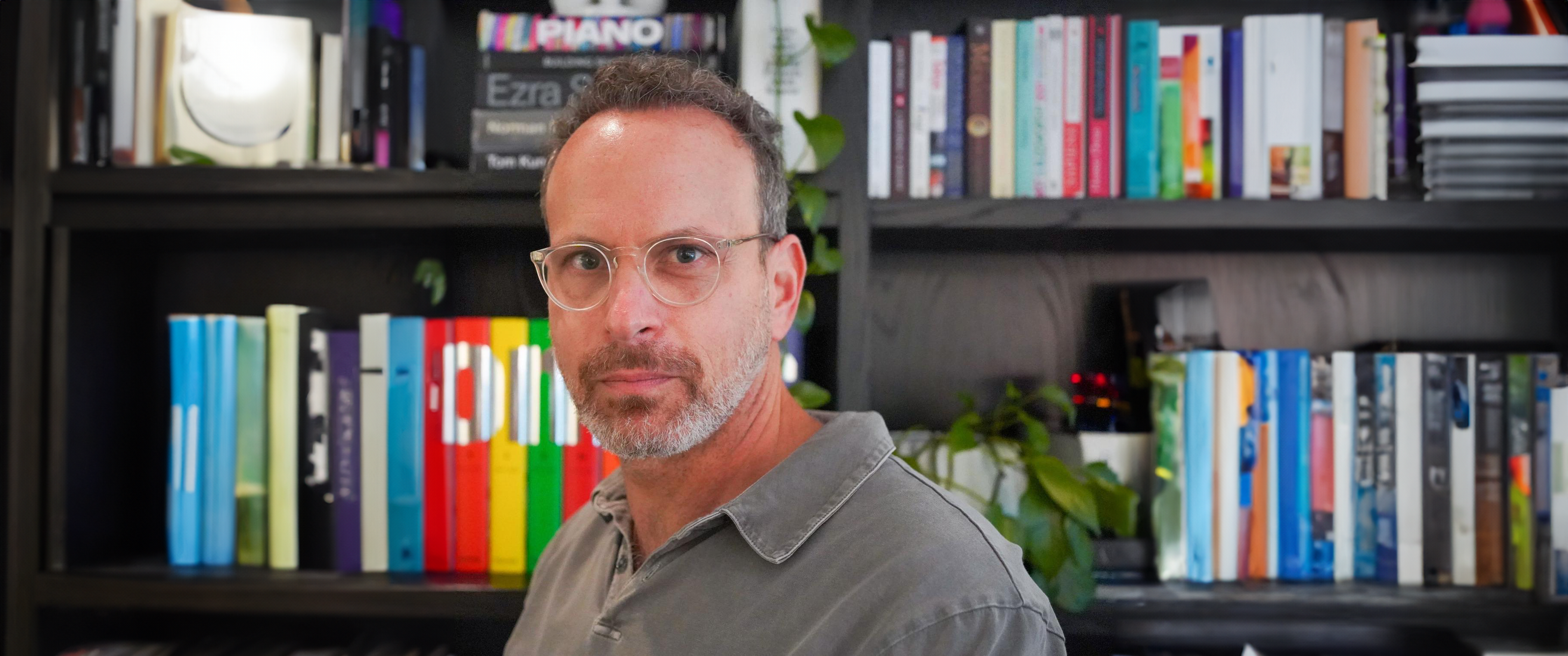We recently sat down with architect Ariel Bromberg, a partner at Inmobiliaria Brom based in Mexico City, Mexico, and Miami, Florida. With over 30 years of experience in the architecture profession, Ariel shares the challenges and rewards of running a successful international practice.
What inspired you to pursue a career in architecture?
Reflecting on my journey, two main inspirations led me to pursue architecture.
First, the house where I was born and raised in Mexico City. As the son of an architect, I was exposed to architectural experiences from a very early age. My entire life, I've had the opportunity to talk about, live, and breathe architecture. I watched how my dad seemed to move through spaces differently, and I wanted to belong to that world. Second, Mexico City itself. I've always been fascinated by cities and human interactions within the built environment. Mexico City is incredibly vibrant and diverse, layered with history.
Both continue to be a deep motivation in everything I do. My childhood home and the city where I grew up have shaped my interest in urban environments, which is why I strive to keep both my house and city closely connected to my work.

For two and a half decades, you’ve been a partner at Inmobiliara Brom, a firm based in Mexico City and the Miami metropolitan area. Can you tell us about some of your greatest challenges and achievements leading a successful international firm?
Leading an international firm is both a challenge and an exciting opportunity. Our firm, Inmobiliara Brom, was founded in Mexico in 1972. I joined as a partner after returning from graduate studies in New York City, bringing experience from both countries.
We decided to expand the practice in the early 2000s. Well-established in Mexico, developing important residential, mixed-use, and office buildings, we had an opportunity to start working in the Florida area, particularly Miami.
Technology has also greatly aided our international work. Virtual meetings have changed how we perceive distances and have improved our efficiency. The experience of leading the firm internationally has been completely different before and after the pandemic. It's allowed me to travel less and be more efficient with my time, having meetings in Mexico City, with you, and other face-to-face meetings—all in one day.
Have you spotted any key differences in project approach or style between the work you do in the U.S. compared to the work you do in Mexico?
I think it’s important for people to know that working on a project in Mexico or in the U.S. isn't dramatically different. At the end of the day, we're working with spaces, we're working with people, and we're working for the people.
International work has made me more aware of how people, regardless of language or where they come from, respond similarly to spaces. We feel good when we are in a space that makes us feel good. We feel bad when we're in a space where we are not comfortable.
The main differences lie in how we deal with agencies, codes, and construction methods. Because of the culture and economy in Mexico, you rely more on people. In the U.S., there's a greater dependence on machinery. However, the end goal remains the same. These areas are where the international knowledge comes in, and I believe that’s something you have to gain through experience.
For me, architecture is all about connections. It is not a single-person activity. You need to be a team player, and that is how you learn.

What keeps you excited about going to work as an architect each day?
I’m sure a lot of architects say this, but I truly believe architecture is more than a profession: it’s a way of life. And at the end of the day, our work is all about eliminating boundaries—not building boundaries.
I’m also lucky to have a son who wants to be an architect. My son—who often travels with me—sees how I’m always interested in touching textures, looking at light, and sees my passion for architecture. He'll figure out the hard stuff later, but right now he sees how cool it is to create spaces that people inhabit and that affect their whole environment.
If I were in his shoes, I'd also want to do that. It's a huge responsibility, but it’s also a way of leaving a lasting impact.
Want more insights on a career in architecture? Check out the rest of NCARB's Architect Spotlight series.
